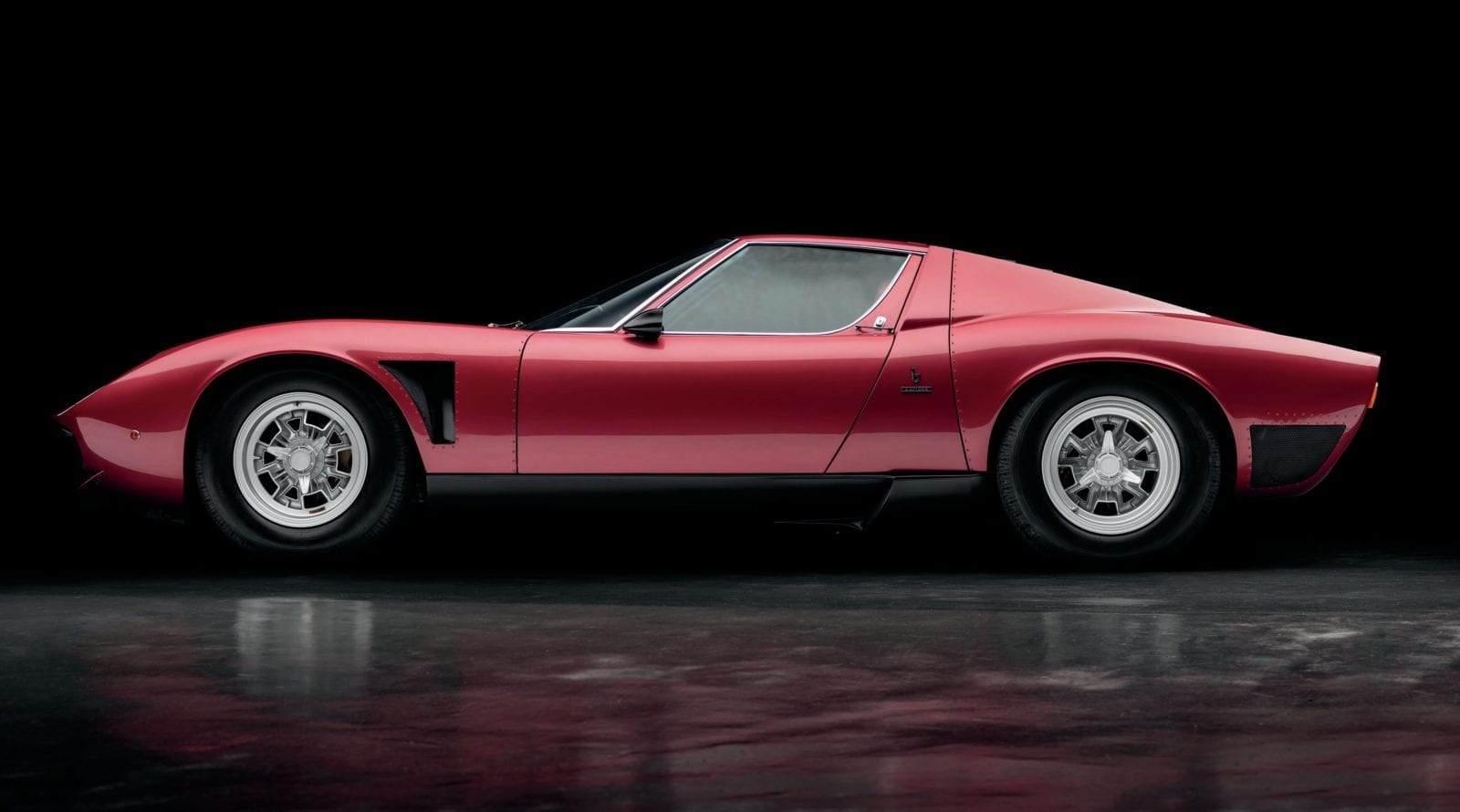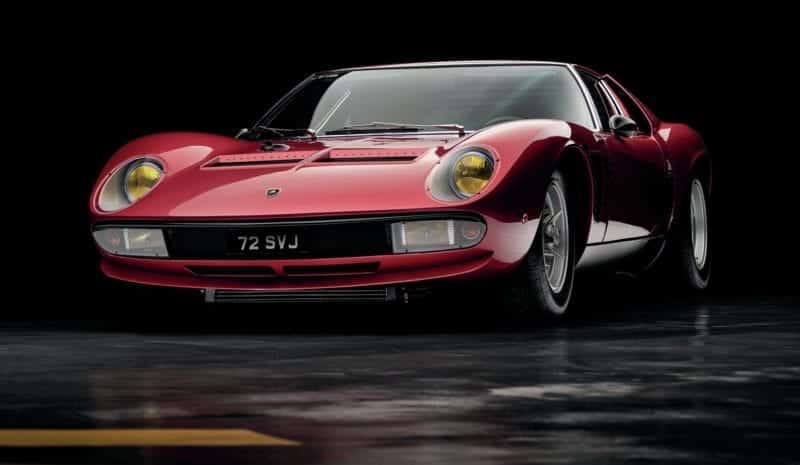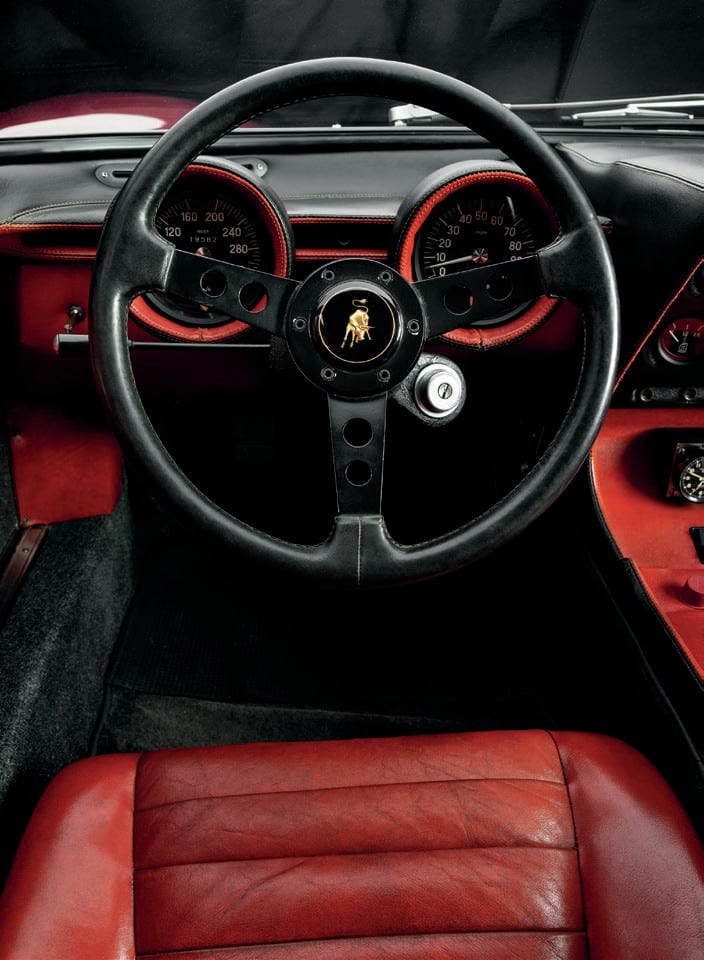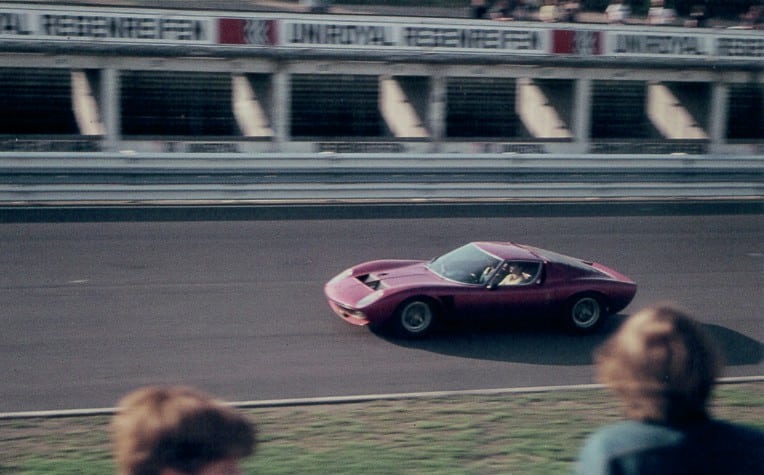Lamborghini Miura: The soprano
One of the few Miura SVJs with factory credentials, the ‘Corsican car’ is a Lamborghini-lover’s dream, says Simon de Burton

There are few classic cars more mythical than the original Lamborghini Jota that was built to the design of factory test driver Bob Wallace in 1970. With its riveted, light alloy panels, souped-up engine, side-mounted fuel tanks and widened track, it was intended as a ‘proof of concept’ that the mighty Miura could be made even more ‘spinto’ or dramatic.
“I had nothing else to do on a Saturday or a Sunday anyway, and you had a whole factory to play around with – let’s build a lighter car,” Wallace subsequently said. “To show it could be done. Have some sort of a mobile test bed for new ideas or trying something different, that sort of thing.”
After Wallace had tested the new car extensively it was sold to a private buyer and promptly reduced to a smouldering, unrecoverable wreck on the Brescia ring road in early 1972.
But such was the appeal of owning a Miura that was hotted-up (in the good way), the factory built a handful more, perhaps the most famous being the SVJ sold new to the Shah of Iran and subsequently owned by car-mad actor Nicolas Cage.

For some of the 1980s the car carried silver paintwork but has since been returned to its original red
Indeed, debate rages about just how many genuine SVJs were produced as some were converted from existing SVs. Only three cars now exist with cast-iron factory-build-from-new provenance – and this example, chassis number 5090, production number 756, is known to be not only one of them, but the final ground-up SVJ ever built.
It was made for property developer Paul Ferrandi who had homes in Paris and Corsica and, judging by an internal factory memo dated July 5, 1972, he wanted it almost immediately: it had to be built, tested and delivered just 15 days later.

Red leather seats correspond with the exterior
Finished in the same Rosso Granada as the Shah’s SVJ, it was given a bespoke Pelle Rossa interior, which Ferrandi soon accessorised with a Heuer Master Time eight-day clock and a matching Monte Carlo 12-hour stop watch – both of which remain with the car today.
Although he kept the SVJ for a decade, Ferrandi clocked-up just 13,000 (no doubt exciting) kilometres – just 8000 miles – in it before selling to a fellow Frenchman who had it repainted in silver-grey. By 2006 and three owners later, it had still covered a mere 17,000km (10,500 miles) and in 2010 was brokered to a new owner by Kidston and treated to a three-year restoration.
Known as the ‘Corsican car’ due to its original owner’s connection with the island, it is described by Kidston as the Lamborghini equivalent of Ferrari’s 250 GTO.
Personally, I’d have this over a GTO any day on looks alone. The fact that it is a quarter of the price is pretty appealing, too. I’m a bit short of the required £10.8m, but that is entirely irrelevant.
1972 Lamborghini Miura P400 SVJ
On sale with Kidston SA, asking £10.8m
kidston.com

